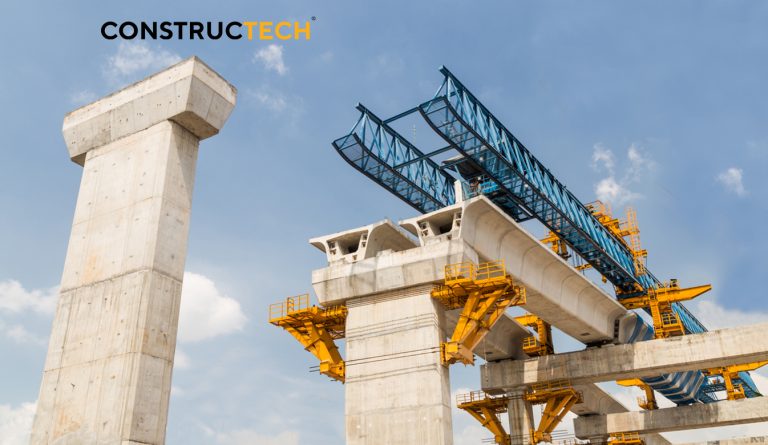Much is changing in the world of construction. With fluctuating labor and material prices, advancements in new technologies such as AI (artificial intelligence), and a new federal administration, there are new opportunities to deliver projects faster than ever before. Of course, there will always be some hurdles to consider. Now, let’s look at what this means for construction infrastructure.
The Civil Infrastructure Construction Index from FMI Corp., looks at the state of the infrastructure market quarterly. Now, we see 63% of respondents indicated backlogs that are at or exceeding internal expectations for this time of year. Construction companies must actively manage project selection, strengthen client relationships, and invest in capabilities aligned with evolving procurement and delivery methods, according to FMI.
Let’s also consider what impact the new administration could have on all of this. Politics aside, we must understand how changes in Washington will ultimately impact how we build tomorrow’s infrastructure. These are questions I ponder regularly and so should you when you consider our future cities and communities.
Earlier this month, U.S. Deputy Transportation Secretary Steven G. Bradbury joined state officials in Connecticut to announce a programmatic agreement establishing a unified federal review process and delegating authority to the state to accelerate the review of individual transportation projects.
Here’s how this agreement works. The multimodal agreement brings together multiple federal agencies under a single agreement to accelerate and enhance the review process for transportation projects in Connecticut.
This includes:
- The Federal Highway Admin.
- Federal Transit Admin.
- Federal Railroad Admin.
- Connecticut Dept. of Transportation
- Connecticut State Historic Preservation Office
- The Advisory Council on Historic Preservation
The agreement also assigns some tasks to Connecticut Dept. of Transportation in evaluating historic properties and potential impacts in compliance with the National Historic Preservation Act.
The objective? To remove red tape, speed environmental reviews, and empower states to take the necessary action with transportation projects. The U.S. Dept. of Transportation estimates this new type of streamlined agreement could cut up to 6 weeks or more off from the schedules of at least 90 projects in Connecticut per year. We are talking about shoring up the economy with some of these moves.
Some projects in Connecticut that could be streamlined include:
- The Gold Star Memorial Bridge between New London and Groton,
- A new Bus Rapid Transit system in New Haven,
- Metro-North Railroad Customer Service Improvements along the New Haven Line.
Certainly, this is only one example. Secretary Sean Duffy is aiming to usher in a gold age of transportation, with a focus on safety, going back to the basics, saving money and lowering costs, slashing red tape, and unleashing American innovation.

Construction companies working on transportation projects must keep their pulse on changes happening in many walks of work. Technological, societal, and governmental changes are happening fast and furious and we must be aware of these advancements to remain competitive.
Want to tweet about this article? Use hashtags #construction #IoT #sustainability #AI #5G #cloud #edge #futureofwork #infrastructure


